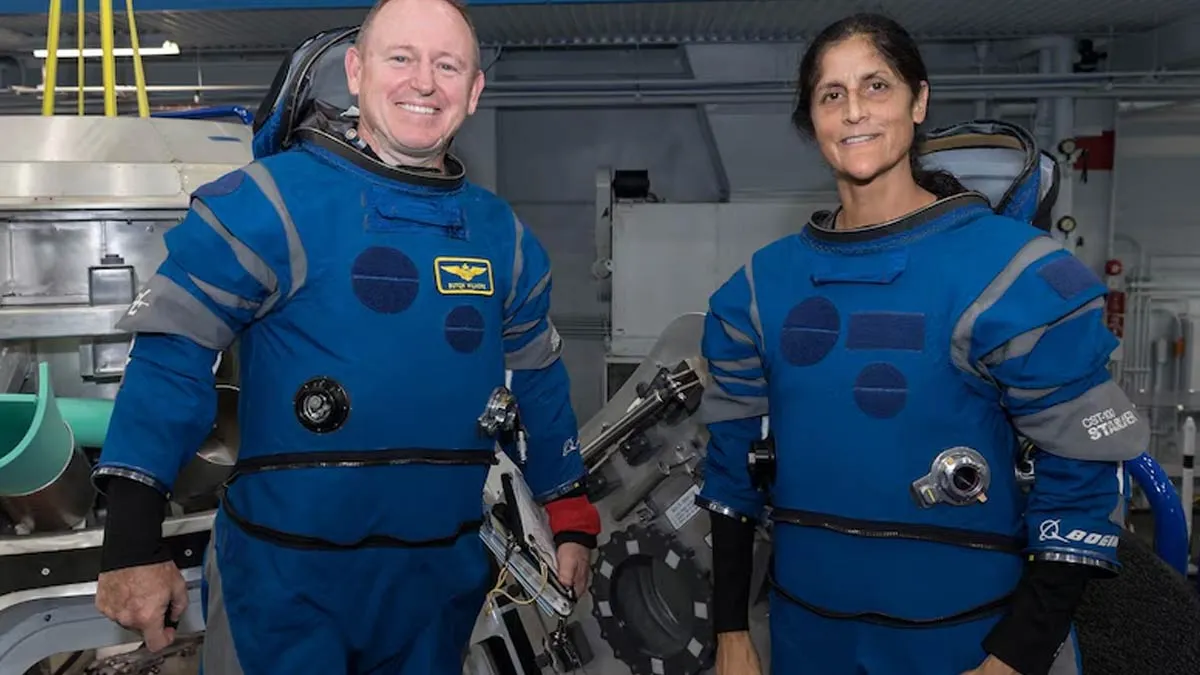
After spending more than eight months aboard the International Space Station (ISS), veteran astronaut Sunita Williams is gearing up for her return to Earth. However, the transition back to normal life is not as simple as stepping off the spacecraft. The human body undergoes profound changes in space, and re-entering Earth's gravity comes with significant physical challenges. Williams, alongside fellow astronaut Butch Wilmore, will have to endure a rigorous rehabilitation process to regain their strength and adapt to life under Earth’s gravitational pull.
Table of Content:-
The Physical Toll of Returning to Gravity
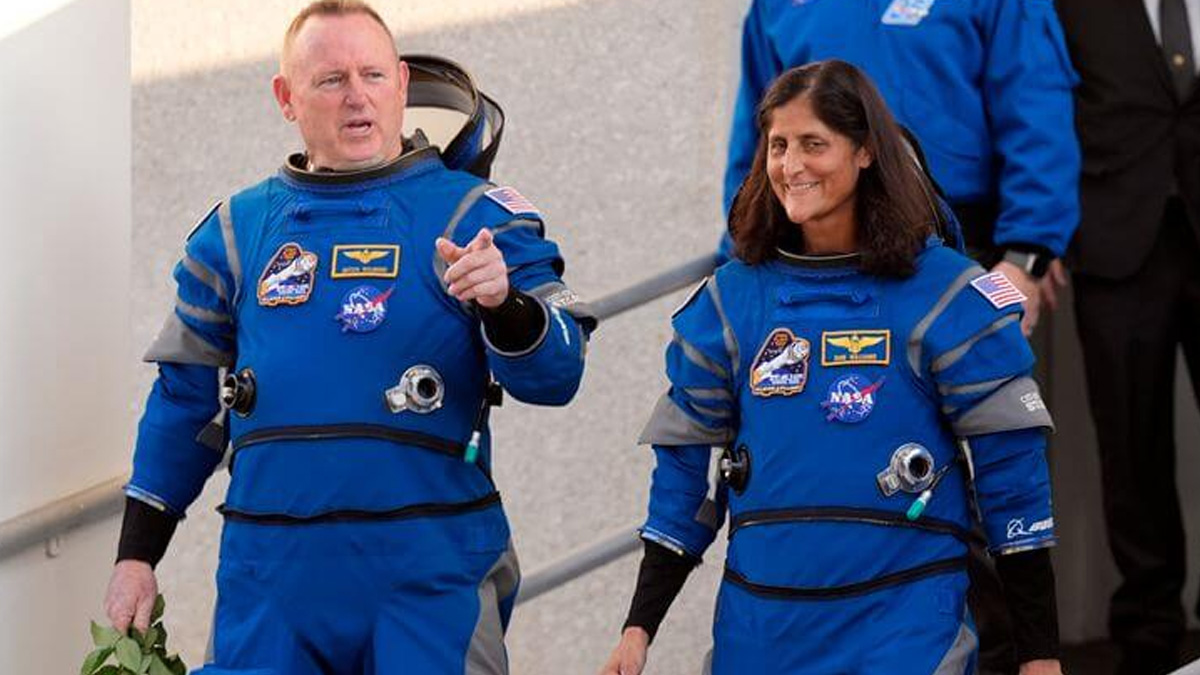
Muscle Atrophy and Weakness
In the absence of gravity, muscles that are typically used to support body weight—such as those in the legs, back, and core—become significantly weaker. This condition, known as muscle atrophy, can make simple tasks like standing or walking incredibly exhausting. Astronauts follow strict exercise routines in space to slow down muscle loss, but even with these precautions, they often require weeks of rehabilitation upon returning to Earth.
Bone Density Loss
Bones also suffer in microgravity, as the lack of mechanical stress leads to bone resorption. Studies suggest that astronauts lose approximately 1-2% of their bone mass each month while in space. This primarily affects weight-bearing bones like the hips, spine, and legs, increasing the risk of osteoporosis and fractures once they return to normal gravity.
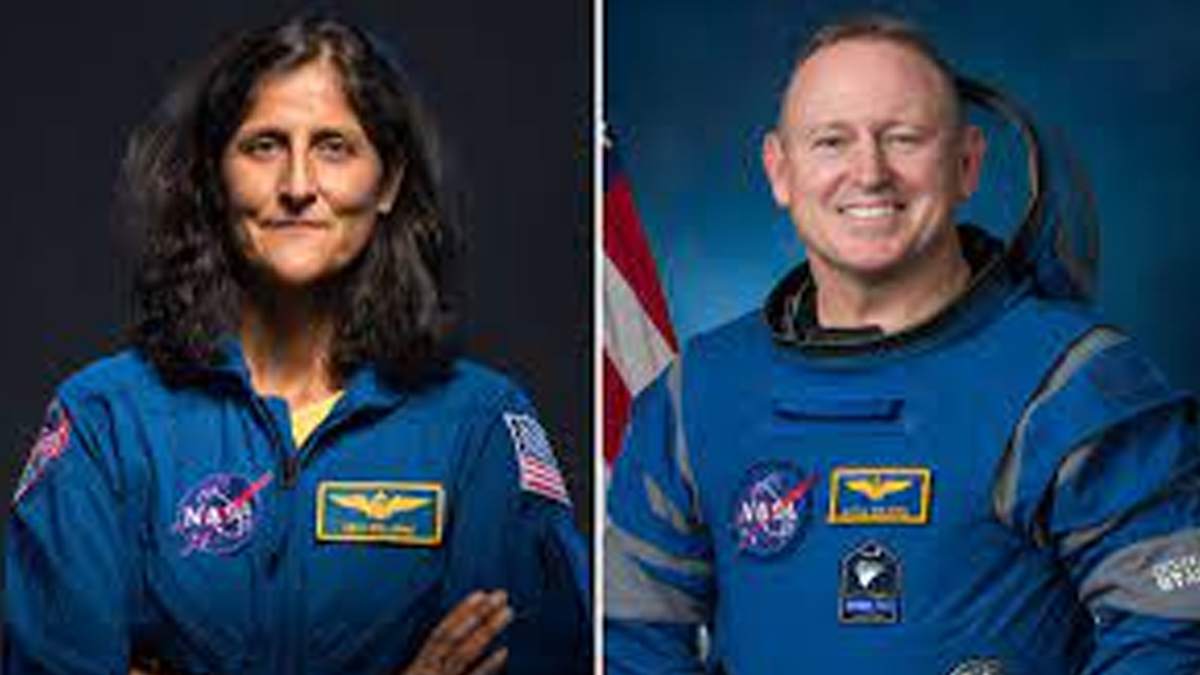
Fluid Redistribution and Swelling
In space, bodily fluids are evenly distributed, leading to puffiness in the face and a feeling of nasal congestion. However, when astronauts return to Earth, gravity pulls these fluids downward, often resulting in swollen legs and feet, dizziness, and difficulty maintaining balance.
Vision Changes
A lesser-known effect of space travel is the impact on vision. Many astronauts return with blurred or impaired eyesight due to increased fluid pressure inside the skull. In microgravity, fluids tend to shift toward the upper body, putting pressure on the optic nerve and flattening the eye’s shape. Some astronauts develop lasting vision problems after extended missions.
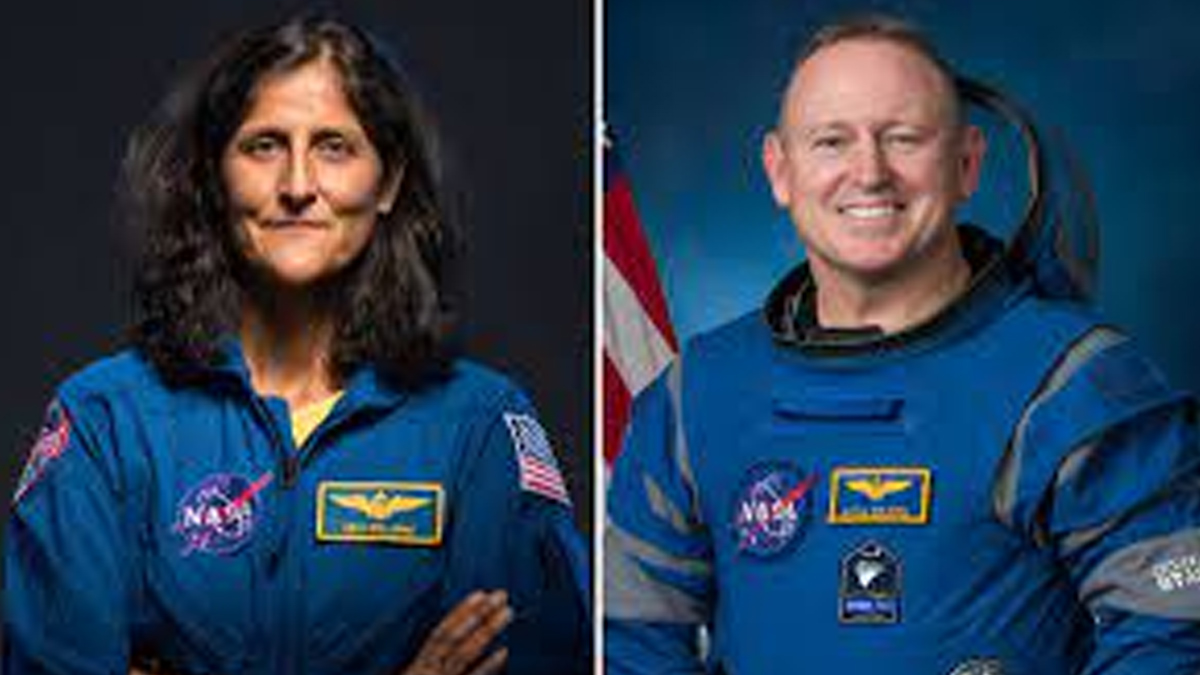
Cardiovascular Challenges
Spending prolonged time in space alters cardiovascular function. Since the heart does not have to work as hard to pump blood against gravity, it gradually adapts by reducing its workload. This can result in a slight decrease in heart muscle mass. Upon re-entry, astronauts often experience low blood pressure, dizziness, and even fainting spells as their cardiovascular system readjusts to Earth’s environment.
The Road to Recovery
Williams and Wilmore will undergo extensive rehabilitation upon their return. NASA employs specialized programs that include strength training, cardiovascular exercises, and balance training to help astronauts regain their physical capabilities. Scientists continuously study these effects to develop new countermeasures, such as artificial gravity solutions and improved space exercise regimens.
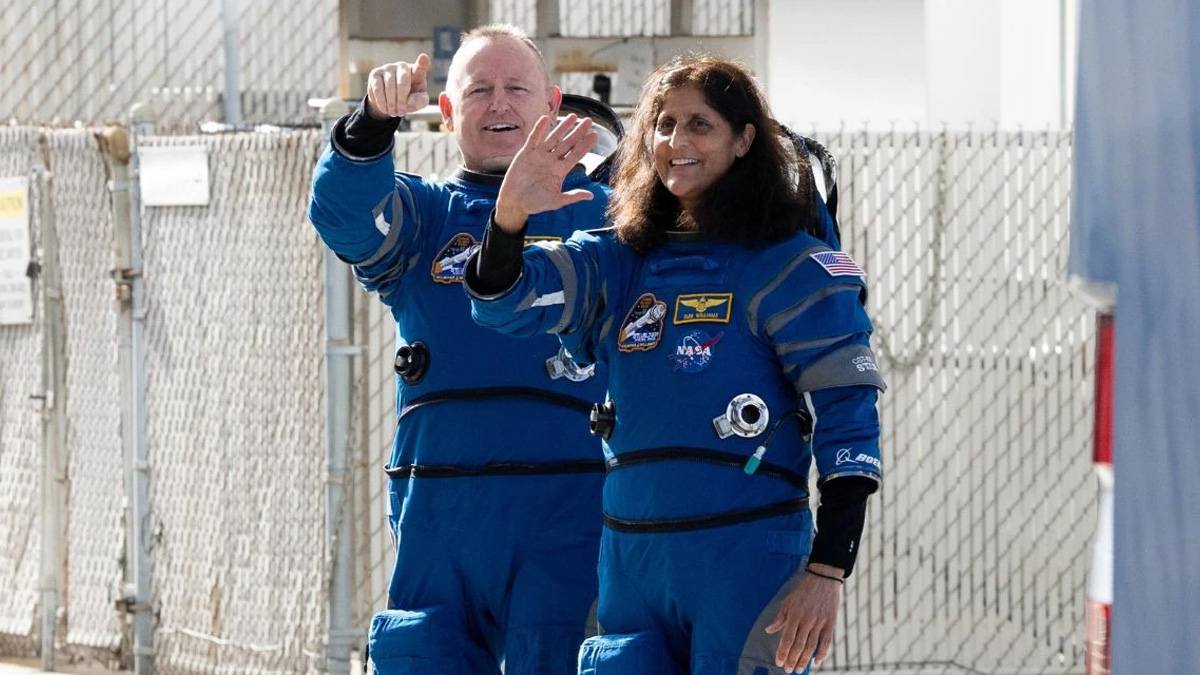
Preparing for Future Space Missions
With upcoming outer-space missions on the horizon, understanding the effects of prolonged space travel is more critical than ever. The knowledge gained from astronauts like Sunita Williams and Butch Wilmore will help scientists create better strategies for maintaining astronaut health during deep-space missions. As space agencies plan for longer journeys beyond Earth’s orbit, advancements in space medicine and rehabilitation will play a vital role in ensuring the safety and well-being of future explorers.
Also watch this video
How we keep this article up to date:
We work with experts and keep a close eye on the latest in health and wellness. Whenever there is a new research or helpful information, we update our articles with accurate and useful advice.
Current Version